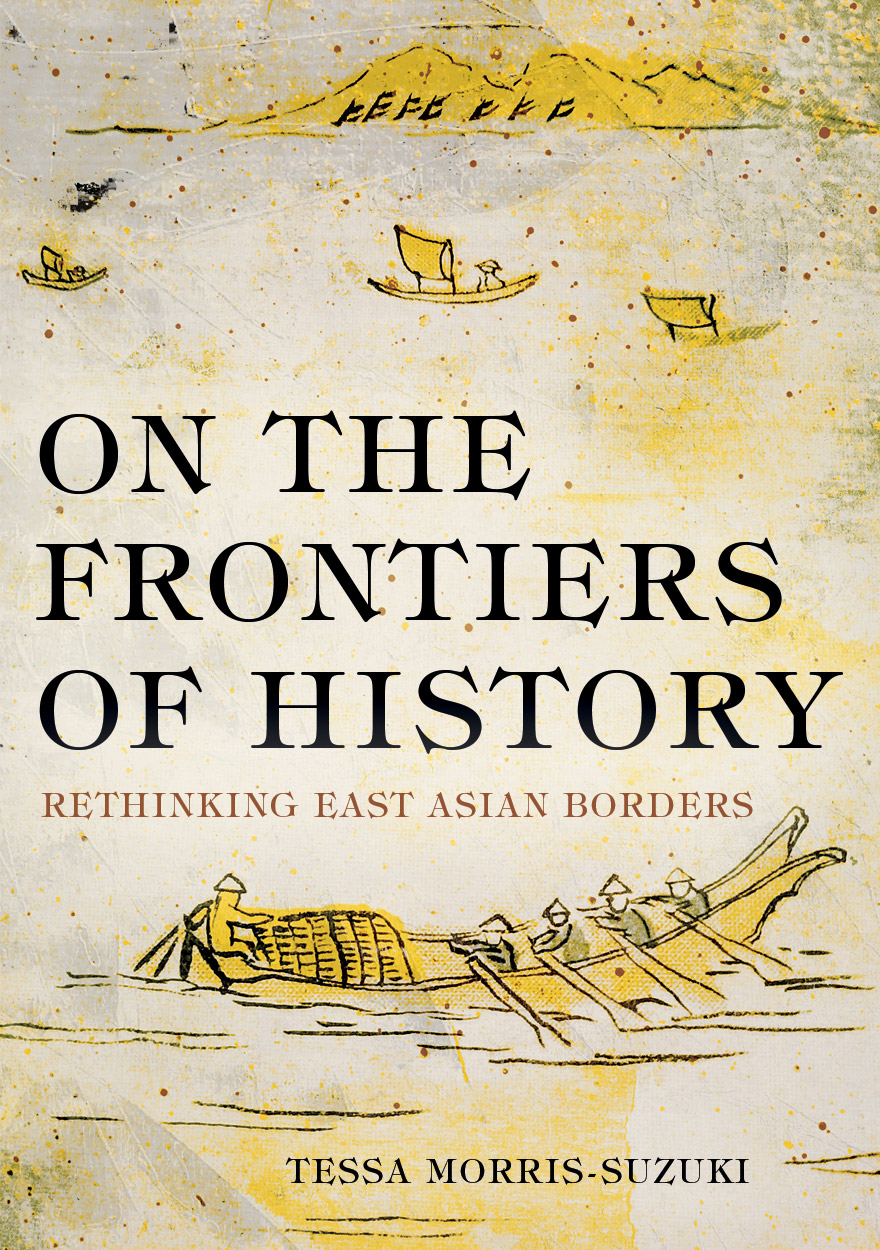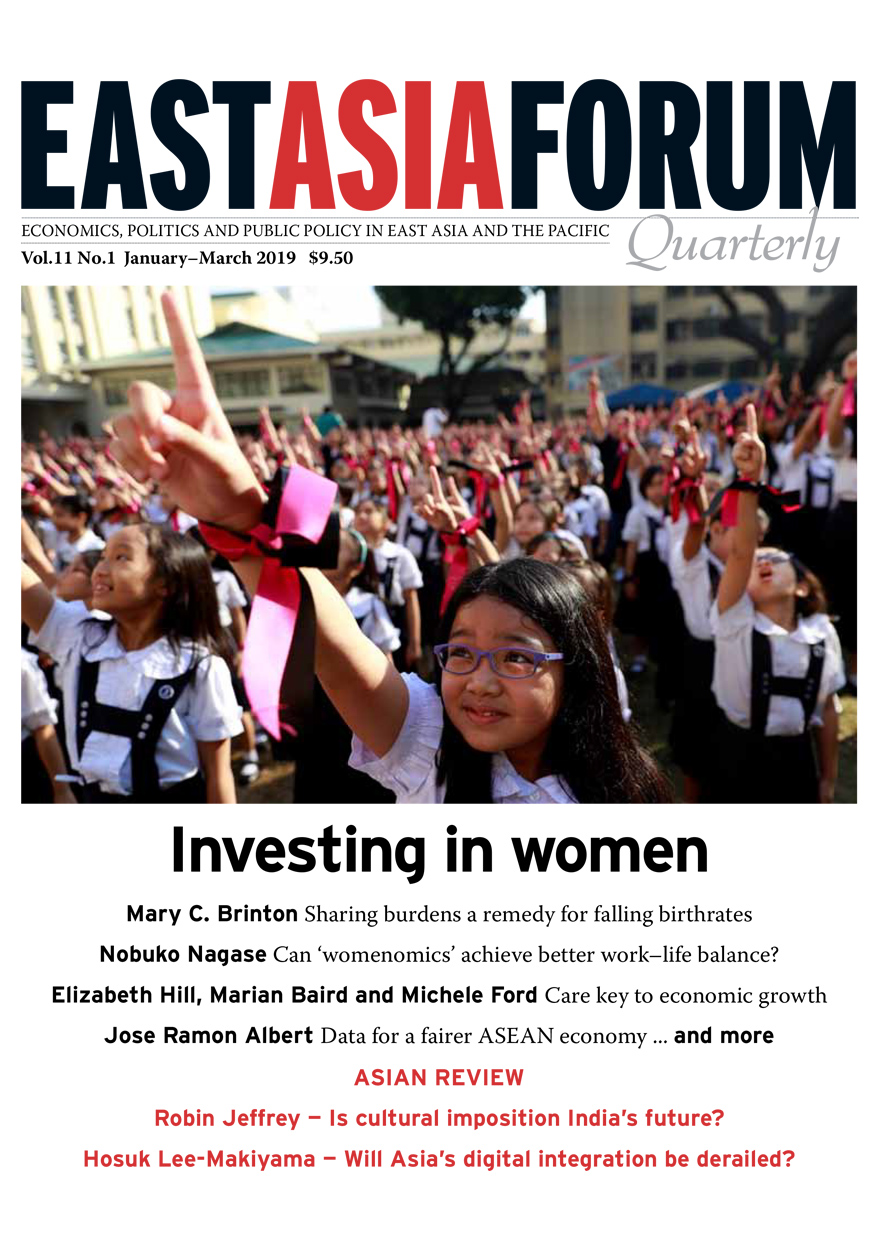Search titles
Displaying results 11 to 20 of 131.

International Review of Environmental History: Volume 8, Issue 1, 2022 »
Edited by: James Beattie, Brett Bennett
Publication date: March 2022
This timely special issue of the International Review of Environmental History focuses on animals and epidemics in modern East Asia. The global pandemic of Covid-19 has forced us to think more deeply about the interrelations between animals, both human and non-human, and epidemics. Moreover, the intense attention on East Asia in this context demands that we study the region in the thematic matrix of health, environment, animals, sociocultural traditions, and geopolitics. This collection comprises two parts. The first part consists of three research articles and an extensive commentary. The articles examine, respectively, rabies and rabid dogs in early twentieth-century China, venomous snakes and tropical medicine in colonial Taiwan, and epidemics and animal rights movements in contemporary China. The second part includes three reflective essays on topics of immediate relevance: animals and health campaigns in Mao-era China; insects, particularly silkworms, in vaccine research; and the dominant but flawed scientific paradigm of emerging zoonotic epidemics. The essays are followed by a broad commentary that provides a global and comparative perspective.
Download for free
Not available for purchase

Alliances, Nuclear Weapons and Escalation »
Managing Deterrence in the 21st Century
Edited by: Stephan Frühling, Andrew O’Neil
Publication date: December 2021
In an era of great power competition, the role of alliances in managing escalation of conflict has acquired renewed importance. Nuclear weapons remain the ultimate means for deterrence and controlling escalation, and are central to US alliances in Europe and the Indo-Pacific. However, allies themselves need to better prepare for managing escalation in an increasingly challenging geostrategic and technological environment for the US and its allies. While the challenge of great power competition is acute at both ends of Eurasia, adversary threats, geography and the institutional context of US alliances differ. This book brings together leading experts from Europe, Northeast Asia, the United States and Australia to focus on these challenges, identify commonalities and differences across regions, and pinpoint ways to collectively manage nuclear deterrence and potential escalation pathways in America’s 21st century alliances.
‘Nuclear weapons play an important role in deterrence and preventing military conflict between great powers, while also posing an existential threat to humanity. It is vital that we have a nuanced understanding of this important challenge, so that such weapons are never used. This book offers many important perspectives and makes a significant contribution to the overall debate about these powerful weapons.’
— The Hon Julie Bishop, Chancellor, The Australian National University, Former Foreign Minister of Australia
‘This timely book identifies a wide range of challenges US alliances both in the Indo-Pacific and Euro-Atlantic face as they seek to ensure the value of US extended deterrence, particular the US nuclear umbrella, against China and Russia. This unique collection of chapters written by experts in US allies in both regions presents widely varying security perceptions and priorities. To understand such differences is the key to globally strengthen the US alliance systems, which are a significant advantage Washington enjoys over the two competitors.’
— Yukio Satoh, former President of The Japan Institute of International Affairs (JIIA)
‘This is a timely and thoughtful collection of essays that should serve to jumpstart public discussion and debate—the absence of which is widely noted and much bemoaned. Each contributor examines an aspect of the complicated, multifaceted nuclear debate by discussing the range of dilemmas from deterrence to disarmament. The various views set out here are more relevant than ever as Russia, China and the United States flex their nuclear muscles in new and sometimes dangerous ways. This book should be read by anyone interested in the preventing the use of nuclear weapons and understanding complexities of alliances in an increasingly dangerous world.’
— Madelyn Creedon, former Principal Deputy Administrator of the US National Nuclear Security Administration and Assistant Secretary of Defense for Global Strategic Affairs

East Asia Forum Quarterly: Volume 13, Number 2, 2021 »
Publication date: April 2021
Heightened geopolitical rivalry and the pushback against globalisation have challenged the multilateral trading system in Asia and globally. This East Asia Forum Quarterly examines how the region is navigating the new trade landscape through the COVID pandemic. For Asia, fixing a broken WTO is top priority. The resilience of supply chains, the foreign investment environment, international economic coercion, the digital economic revolution, and the emergence of a new multipolar are other issues put under scrutiny in this issue.
Download for free
Not available for purchase

On the Frontiers of History »
Rethinking East Asian Borders
Authored by: Tessa Morris-Suzuki
Publication date: August 2020
Why is it that we so readily accept the boundary lines drawn around nations or around regions like ‘Asia’ as though they were natural and self-evident, when in fact they are so mutable and often so very arbitrary? What happens to people not only when the borders they seek to cross become heavily guarded, but also when new borders are drawn straight through the middle of their lives? The essays in this book address these questions by starting from small places on the borderlands of East Asia and looking outwards from the small towards the large, asking what these ‘minor pasts’ tell us about the grand narratives of history. In the process, it takes the reader on a journey from Renaissance European visions of ‘Tartary’, through nineteenth-century racial theorising, imperial cartography and indigenous experiences of modernity, to contemporary debates about Big History in an age of environmental crisis.

East Asia Forum Quarterly: Volume 12, Number 2, 2020 »
Publication date: June 2020
How can Asia deal with the triple crises—health, economic and financial—of COVID-19? This issue of East Asia Forum Quarterly focuses on Asia's response.
This Quarterly features an important strategy paper by over a dozen distinguished experts that details a compact for cooperation among Asian countries for managing the immediate impact of the crises, plan for a speedy exit from the economic damage and protect against similar catastrophes in the future.
Our contributors offer a variety of perspectives on Asia’s role in mobilising international cooperation that is needed to deal with the triple crises of COVID-19. Instead of accentuating differences and retreating from openness, the lessons of past crises point to a need to realise the common interest in immunising Asia from a great depression.
Download for free
Not available for purchase

East Asia Forum Quarterly: Volume 11, Number 1, 2019 »
Publication date: March 2019
This issue of East Asia Forum Quarterly touches on key economic and social questions that affect gender equality in Southeast Asia and East Asia, delving beneath the aggregates and measurement challenges. Strengthening the evidence base is critical to building the policy toolkit and shaping public investments that ensure no woman or man is left behind.
East Asia Forum Quarterly grew out of East Asia Forum (EAF) online, which has developed a reputation for providing a platform for the best in Asian analysis, research and policy comment on the Asia Pacific region in world affairs. EAFQ aims to provide a further window onto research in the leading research institutes in Asia and to provide expert comment on current developments within the region. The East Asia Forum Quarterly, like East Asia Forum online, is an initiative of the East Asia Forum (EAF) and its host organisation, the East Asian Bureau of Economic Research (EABER) in the Crawford School of Economics and Government in the College of Asia & the Pacific at The Australian National University.
Download for free
Not available for purchase

Introduction to the Tibetan Language »
An eTextbook for spoken and literary Tibetan
Publication date: December 2018
This textbook includes twelve multi-media introductory lessons for Tibetan learners. There are sections that explain how to write and read the Tibetan alphabet, how to write and read Tibetan words, and easy colloquial and literary sentences. Each section includes a dialogue that is performed in videos and written down, written explanations of different aspects of the language, videos that demonstrate how to write, read and pronounce Tibetan, and exercises that will help solidify what you have learned. The book also includes links to online sources, including flashcards to aid vocabulary building.
Part 1 is an introduction to reading and writing Tibetan.
Part 2 builds on these skills and helps Tibetan learners develop conversational skills.
Part 3 introduces literary Tibetan by building on the commonalities between it and conversational Tibetan.
Here is everything you need to learn the world's highest language.
This textbook is used as course material in:
Tibetan 1 TIBN1002
Tibetan 2 TIBN1003
For more information about studying a language at the ANU, please visit the College of Asia and the Pacific Languages website and take a look at the School of Culture, History and Language’s Language Guide (PDF, 2.2 MB).
Download for free
Not available for purchase

Navigating Boundaries »
The Asian diaspora in Torres Strait
Edited by: Anna Shnukal, Guy Ramsay, Yuriko Nagata
Publication date: November 2017
Navigating Boundaries belongs to a new generation of Asian–Australian historical studies. The essays presented here draw on an extensive, widely dispersed body of information, including much unpublished material, in order to narrate stories of the Asian diaspora communities of Torres Strait, north Queensland. Early chapters give an overview of Torres Strait Islander/Asian/European interaction, documenting the experiences of people from the five major Asian communities in the Torres Strait: Chinese, Filipino, Indonesian, Japanese and Sri Lankan. Later chapters inspect the early authorities of Torres Strait, including the former Resident Magistrate and the Protector of Aboriginals. Other chapters examine the contributions to Torres Strait culture made by Asian communities—from ethnic identity, clothing and cuisine, to religion, funeral and burial practices, and with a strong focus on the rich musical culture of Torres Strait Islanders. In the final chapter of the book, a variety of local voices narrate stories of Torres Strait people of Asian ancestry, providing a deeply personal insight into the Asian experience in Torres Strait.

Himalayan Dreaming »
Australian mountaineering in the great ranges of Asia, 1922–1990
Authored by: Will Steffen
Publication date: November 2017
How did climbers from the world’s flattest, hottest continent become world-class Himalayan mountaineers, the equal of any elite mountaineer from countries with long climbing traditions and home ranges that make Australia’s highest summit look like a suburban hill? This book tells the story of Australian mountaineering in the great ranges of Asia, from the exploits of a brash, young colonial with an early British Himalayan expedition in the 1920s to the coming of age of Australian climbers in the 1980s. The story goes beyond the two remarkable Australian ascents of Mt Everest in 1984 and 1988 to explore the exploits of Australian climbers in the far-flung corners of the high Himalaya. Above all, the book presents a glimpse into the lives – the successes, failures, tragedies, motivations, fears, conflicts, humor and compassion – themselves to the ultimate limits of survival in the most spectacular and demanding mountain arena of all.

East Asia Forum Quarterly: Volume 9, Number 3, 2017 »
Publication date: September 2017
East Asia Forum Quarterly grew out of East Asia Forum (EAF) online, which has developed a reputation for providing a platform for the best in Asian analysis, research and policy comment on the Asia Pacific region in world affairs. EAFQ aims to provide a further window onto research in the leading research institutes in Asia and to provide expert comment on current developments within the region. The East Asia Forum Quarterly, like East Asia Forum online, is an initiative of the East Asia Forum (EAF) and its host organisation, the East Asian Bureau of Economic Research (EABER) in the Crawford School of Economics and Government in the College of Asia & the Pacific at The Australian National University.
Download for free
Not available for purchase



